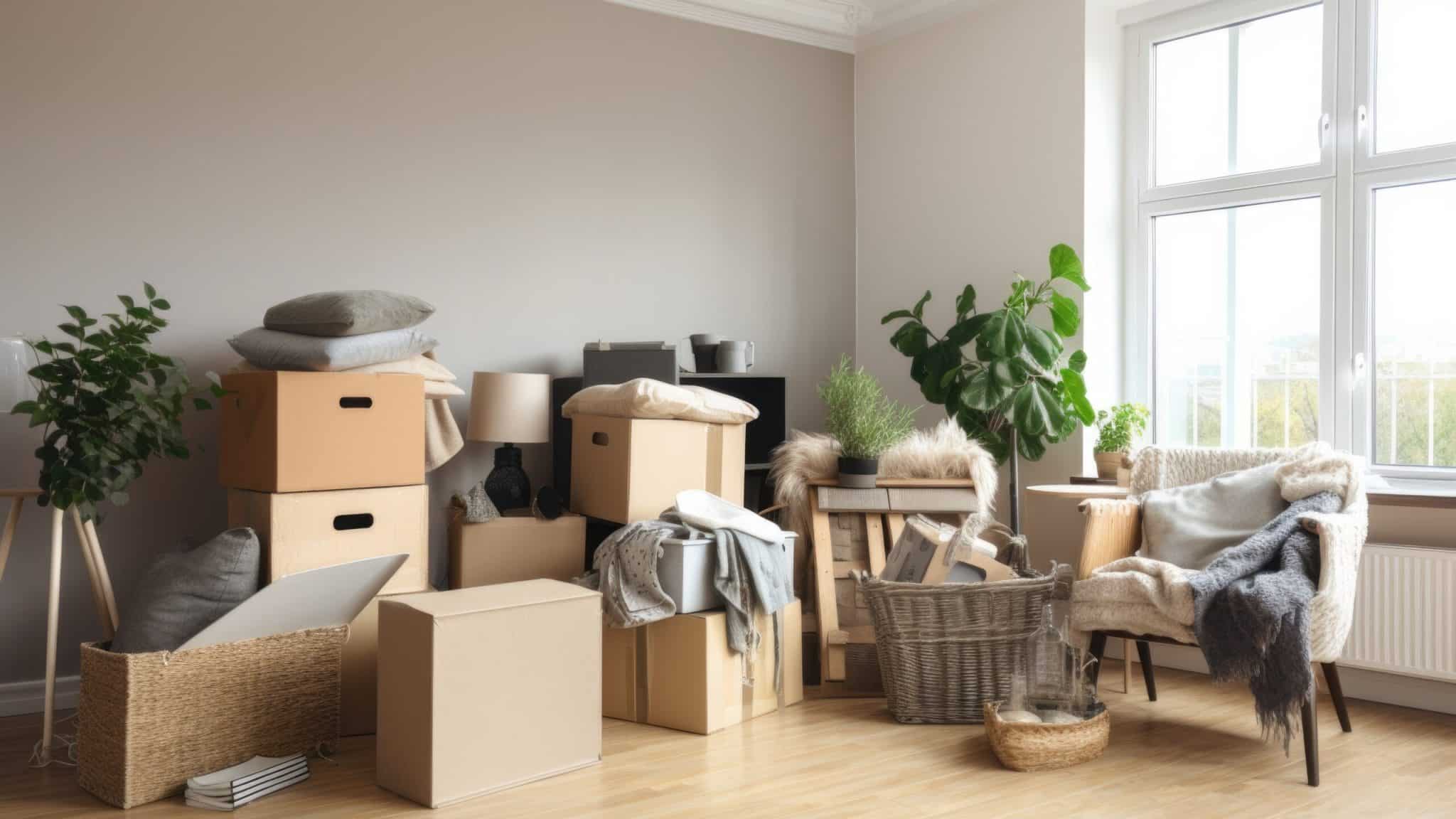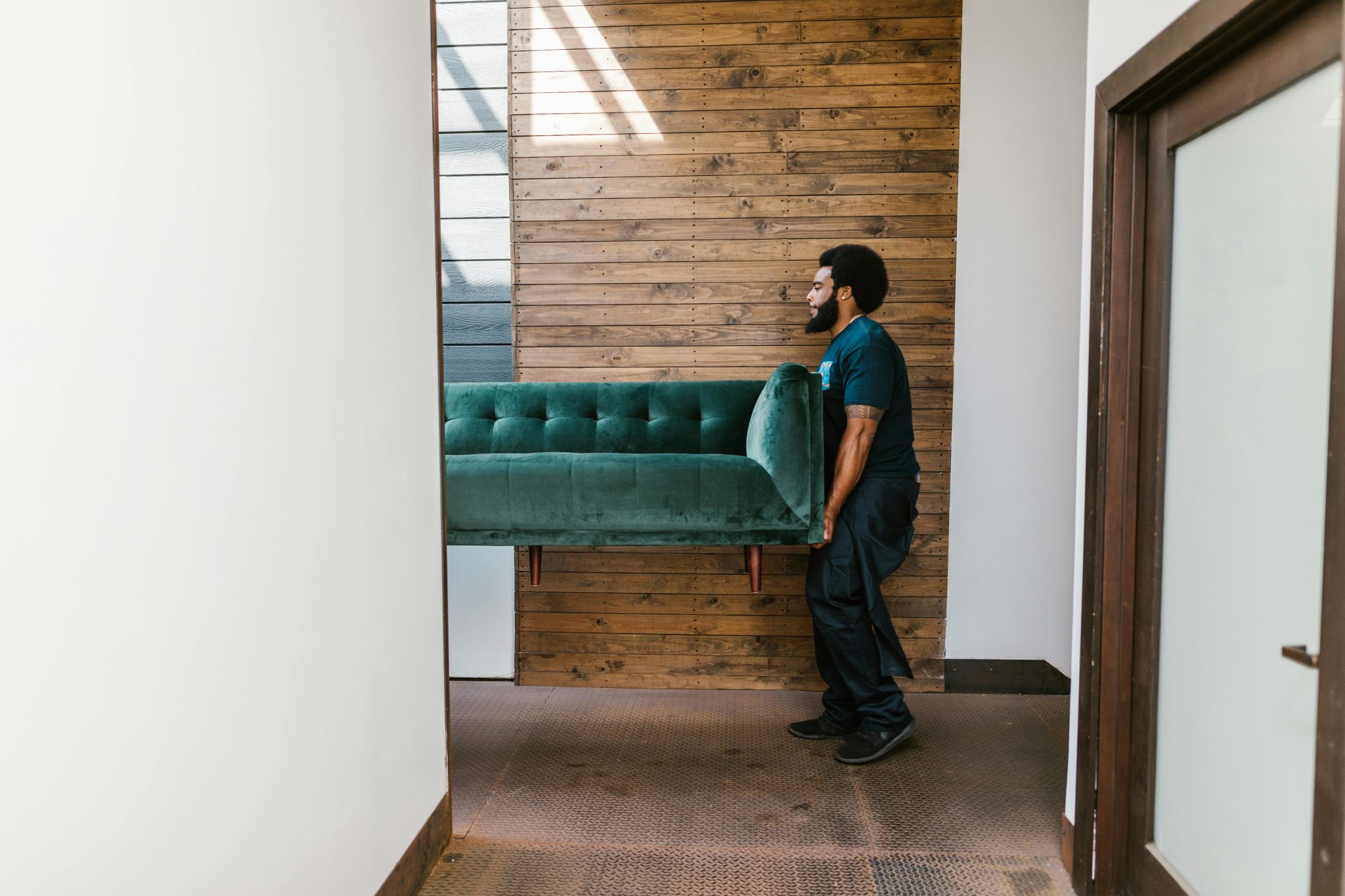Declutter First, Remodel Second: How Self-Storage Can Simplify Your Home Renovation
Preparing for a home renovation can feel like standing at the edge of a cliff, unsure of how deep the drop is. Between managing contractors, choosing design elements, and sticking to a budget, it’s easy to overlook one essential first step: decluttering. Yet, starting with a clean, organized space is one of the smartest ways to ensure a smoother renovation process.
From minimizing construction delays to protecting your personal items, getting rid of clutter before remodeling matters far more than many homeowners realize. With a strategic plan and the help of temporary self-storage, you can take the weight off your shoulders and make room for progress.
In this post, we’ll explore why decluttering is crucial before a renovation, how to do it efficiently, and the benefits of using temporary self-storage to keep your belongings safe and your project on track.
Why Decluttering Before a Renovation Matters
When your home is overflowing with furniture, personal things, and general clutter, even minor renovation work can become chaotic in a hurry. Items left in or near the way can obstruct walking paths, hold up the work progress, and create the possibility of more damage. Easy access is necessary for the contractor, which means items may have to be moved and then moved again to accommodate the work. This could result in inefficiencies or expensive blunders.
More importantly, clutter contributes to stress. Living in a construction zone is difficult enough without tripping over boxes or worrying about fragile items getting damaged. Decluttering your home before renovations creates mental clarity and allows the renovation process to unfold with fewer obstacles.
Many homeowners are surprised by how emotional the process of decluttering can be. Items we have an emotional connection to, items we use regularly or used to, and still have attached to our old habits or ways of being, can be the hardest to let go of.
It sometimes helps to shift both your mindset and focus to the end result: a more functional and updated home that serves your current lifestyle. Decluttering your spaces might be your first design decision, an important, primal choice that impacts everything else.
Step-By-Step Decluttering Strategy

Approach decluttering like any other project: with a plan. Start room by room and divide your items into four categories: keep, donate, toss, and store. This process simplifies decision-making and helps you visualize what you need versus what’s just taking up space.
Begin with spaces that will be remodeled first. For example, if you’re renovating your kitchen, remove small appliances, utensils, and dishes you don’t use daily. Pack what you’ll keep into labeled boxes. Use quality packing supplies early in the process, even weeks before the first day of demolition. Waiting until the last minute creates unnecessary stress and confusion.
Another effective tactic is to set a firm timeline for each room. Give yourself a deadline and stick to it. Timeboxing helps you maintain momentum and avoid getting stuck in decision fatigue. If the task feels overwhelming, ask for help. Family, friends, or even professional organizers can make a big difference.
Make Space to Work: Why Self-Storage Is Key
Decluttering is only half the equation. Once you’ve sorted what to keep, the question becomes: where do you put it?
Self-storage can offer a practical and flexible solution. A temporary unit allows you to store essential items safely out of the way during remodeling. From heirlooms to heavy furniture, securely storing these belongings protects them from dust, debris, and accidental damage.
Just as important, self-storage supports a cleaner, more minimalist environment. When your living space isn’t overrun with boxes or displaced furniture, you and your contractors have more room to breathe and work. Self-storage can support a minimalist lifestyle by freeing up your attic, garage, and kitchen space, creating a more open environment that promotes mental clarity and better decision-making during renovations.
Self-storage can also serve as a planning tool. Moving items out early lets you take accurate measurements and visualize how new furniture or fixtures will look. This improves layout decisions and helps avoid purchasing pieces that don’t fit your renovated space.
Remodeling Projects That Benefit Most From Decluttering

Some renovations simply can’t begin without a thorough cleanup. Kitchens and bathrooms, for example, are among the most restricted spaces in any home. Installing new cabinetry, appliances, or plumbing fixtures requires total access. Decluttering in advance makes this process more efficient and helps you avoid costly delays.
A clear layout also benefits living rooms and bedrooms. Removing bulky furniture or electronics allows contractors to navigate the space easily and protects your items from unintentional damage during construction.
Moreover, remodeling projects that add value to your home, such as updating windows, renovating kitchens and bathrooms, or replacing flooring, require open access and a clutter-free space for a smooth and efficient process.
Whether you’re choosing paint colors, light fixtures, or hardware finishes, having a clean and clear space gives you a better view of how each element interacts. You’ll be able to make design decisions without the visual noise of excess furniture or clutter.
Bonus: Tips for Choosing a Storage Unit
Selecting the proper storage unit doesn’t have to be complicated. A few key considerations can help you make the best choice:
- Assess your storage needs: Estimate the volume of items you plan to store. A 5×10 unit may be ideal for a studio apartment’s contents, while a multi-room home will require a larger space.
- Consider climate control: If you’re storing electronics, wood furniture, or items sensitive to humidity, a climate-controlled unit can prevent damage.
- Think long-term: Even if storage is meant to be temporary, many homeowners find off-site units useful beyond their renovation.
- Prioritize accessibility: Choose a unit with convenient access so you can retrieve items as needed without hassle.
- Store in phases: If your renovation happens in stages, organizing and storing items in batches can help keep the process manageable.
With the proper storage solution, you can keep your home organized, protect your belongings, and make your renovation as smooth as possible.
Conclusion
Home renovations are a major undertaking, but with the right preparation, they don’t have to be overwhelming. Decluttering your home before the first hammer swings gives you more control over the process and protects your peace of mind.
Pairing a thoughtful decluttering strategy with the convenience of self-storage allows your remodeling team to work efficiently and safely while keeping your belongings secure and your household organized. Whether renovating a single room or undertaking a complete home transformation, creating space is one of the smartest first steps you can take.







